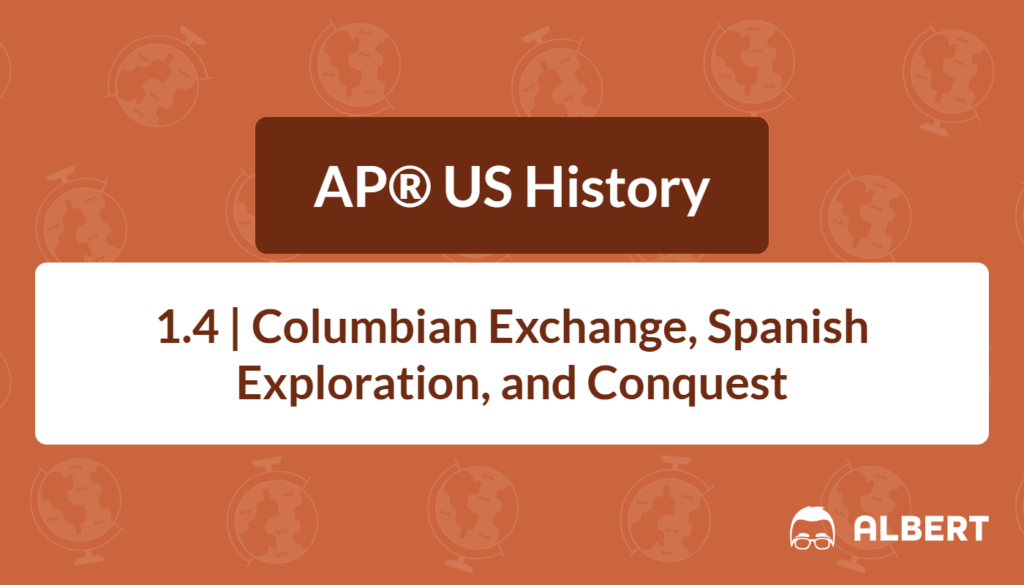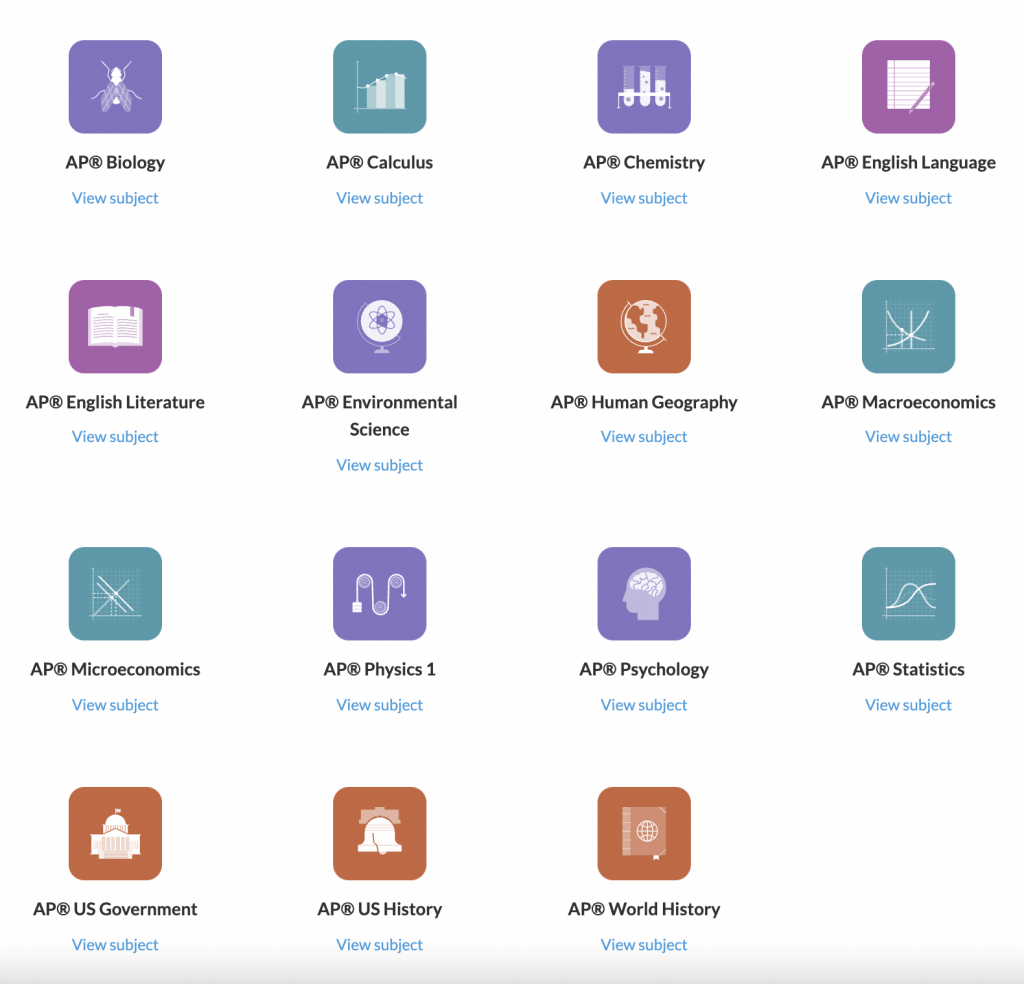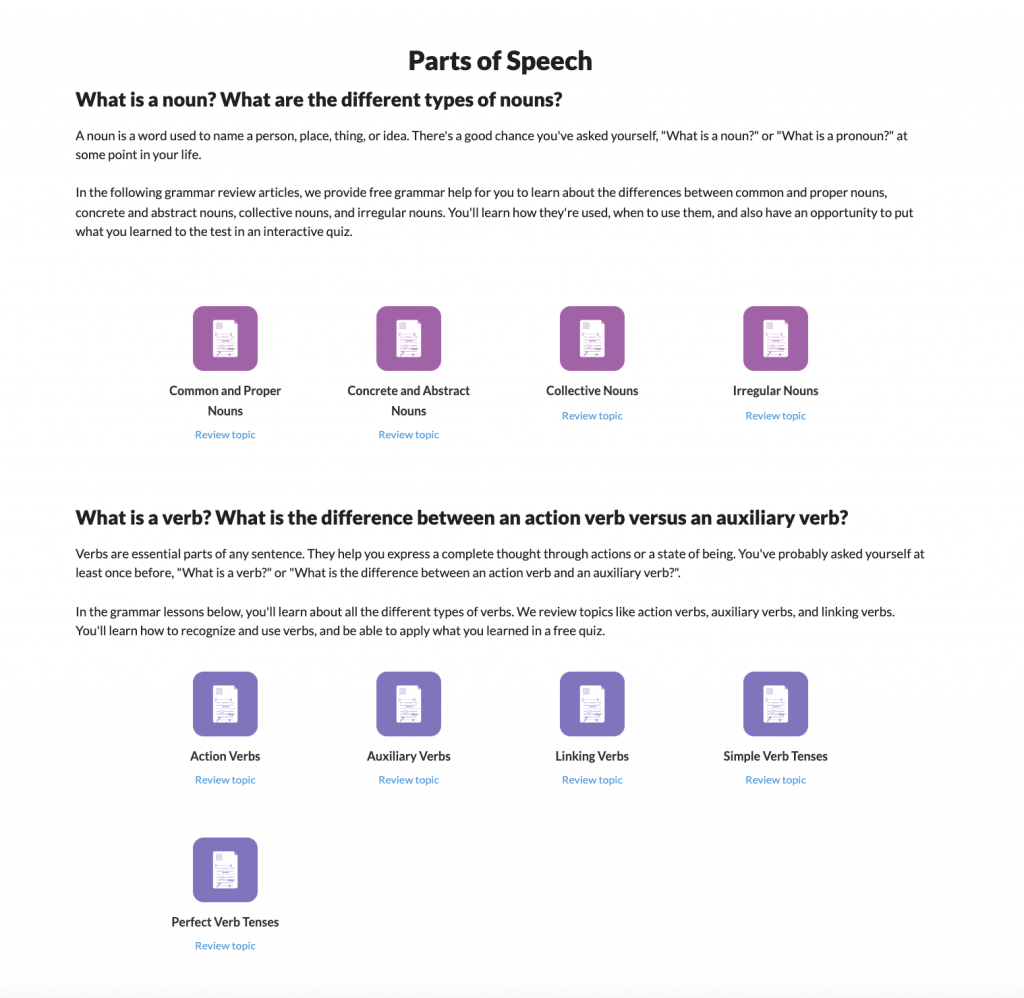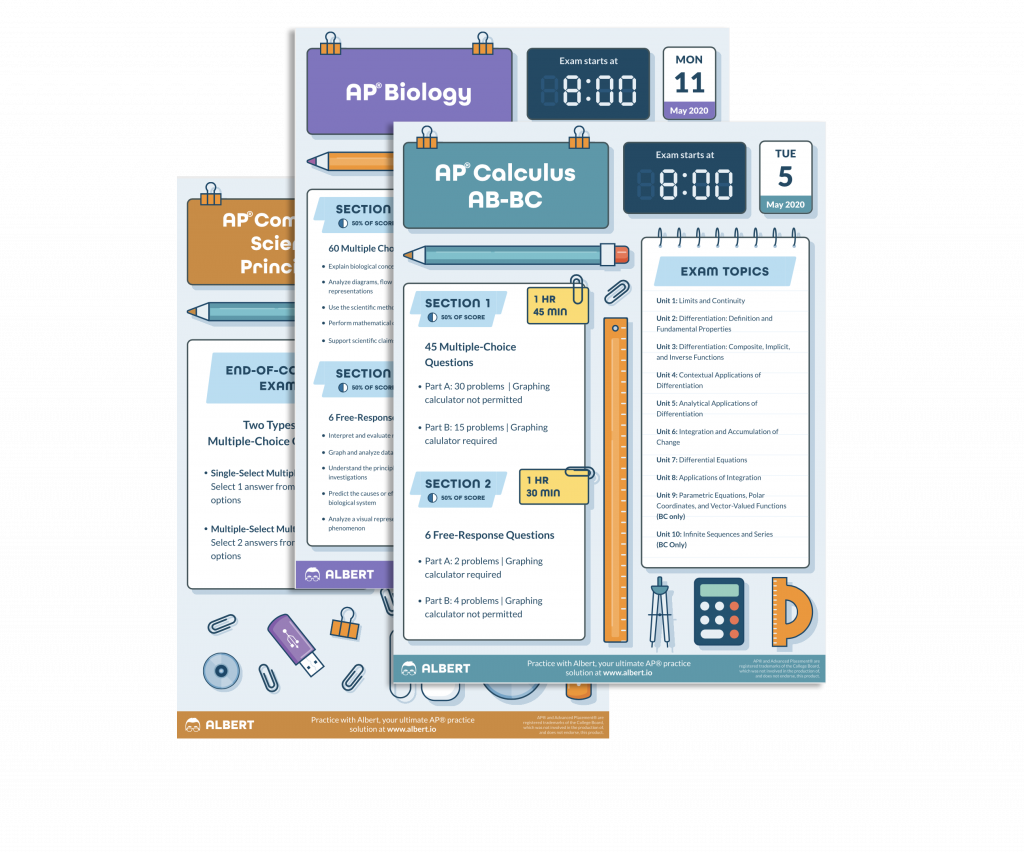What We Review
Introduction
The Columbian Exchange and Spanish exploration shaped the world as it is known today. After 1492, global events connected Europe, Africa, and the Americas through trade, conquest, and cultural change. These events mark a turning point in AP® US History, introducing new foods, wealth, and societies. This study guide will help break down the causes and effects of the Columbian Exchange and Spanish conquest. Key concepts include how new crops supported population growth in Europe, how disease devastated Native Americans, and why Spanish exploration changed global economics forever.
What Was the Columbian Exchange?
The Columbian Exchange refers to the transfer of plants, animals, people, technologies, and diseases between the Old World (Europe, Asia, Africa) and the New World (Americas). This process began after Christopher Columbus reached the Americas in 1492.
Key points:
- It was more than just trading items.
- It included ideas, food, technology, people, and especially diseases.
- Before 1492, the Americas and Europe had almost no direct contact.
Example: How Potatoes Changed Europe
Let’s follow the potato:
- Potatoes are native to South America.
- After Spanish explorers discovered them, potatoes were shipped to Europe.
- European farmers grew potatoes, which produced more food per acre than old cereals like wheat.
- More food meant that more people could survive and avoid famine.
- As a result, Europe’s population increased sharply in the 16th and 17th centuries.
Causes of the Columbian Exchange
Several factors led to this major exchange:
- Spanish Exploration: Columbus’s voyages in 1492 opened up communication between the continents.
- Maritime Technology: New inventions like the caravel (a fast ship), compass, and astrolabe made crossing the Atlantic possible.
- Motivations: Europeans wanted new wealth (gold), fame (glory), and to spread Christianity (God).
- Organized Trade Systems: Joint-stock companies allowed groups to share the costs and risks of expensive voyages.
Check Your Understanding
What made Spanish voyages of exploration possible?
Spanish exploration was made possible by advances in navigation and sailing technology. The caravel, a fast and maneuverable ship capable of sailing into the wind, allowed for longer and more flexible journeys. Tools like the compass and astrolabe helped sailors determine direction and position at sea. Together, these innovations gave Spanish explorers the ability to travel across the Atlantic and successfully return, making voyages to the Americas both safer and more achievable.
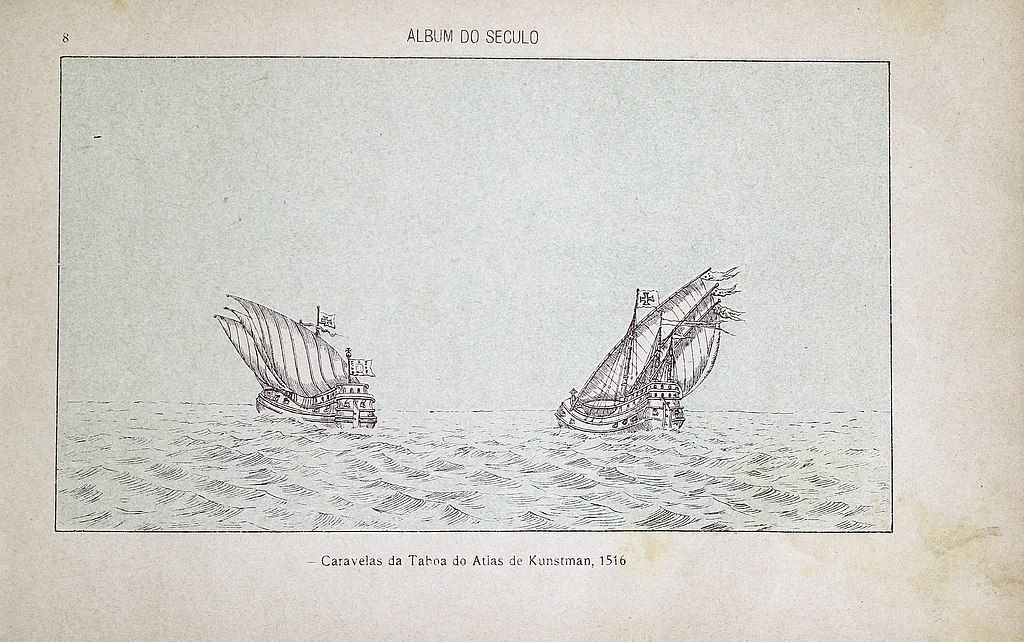
Effects of the Columbian Exchange on Europe
The Columbian Exchange changed Europe in several big ways:
- New Crops: Foods like potatoes, tomatoes, and corn came from the Americas.
- These crops could feed more people and became staples.
- Population Growth: With more food, fewer people starved. Therefore, the population grew rapidly.
- Mineral Wealth: Gold and silver from the Americas flowed into Spain and other European countries.
- This increased wealth led to big economic changes.
- Shift from Feudalism to Capitalism:
- Feudalism: Land ownership tied to lords and peasants working for protection.
- Capitalism: Wealth came from trade and investment, not just land.
- More wealth and trade led to the decline of the feudal system and the rise of capitalism.
Check Your Understanding
How did new crops from the Americas contribute to population growth in Europe?
Crops like potatoes and corn provided more calories per acre than traditional European staples. With more reliable and nutritious food sources, famine became less common. As a result, more people survived into adulthood and family sizes grew, contributing to a significant increase in population.
Why did European economies change after the Columbian Exchange?
The introduction of new foods and resources led to expanded trade networks and economic growth. The influx of gold and silver from the Americas fueled commerce and helped give rise to capitalism. These developments shifted Europe away from the feudal system and toward a more market-based economy.
Effects of the Columbian Exchange on the Americas
The arrival of the Europeans had both positive and negative effects on the Americas:
- European Animals: Horses and cattle helped Indigenous peoples with travel and farming but also changed ecosystems.
- New Crops: Wheat, rice, and sugarcane were introduced, transforming local diets and agriculture.
- Deadly Epidemics: Diseases such as smallpox, measles, and influenza devastated Native populations with little resistance, wiping out up to 90% in some regions.
- Population Decline: The loss of life weakened societies and led to cultural disruption.
The Impact of Smallpox on Native American Communities
When Europeans arrived in the Americas, they unknowingly brought diseases like smallpox. Native Americans had no natural immunity to these new illnesses, and the results were devastating. Smallpox spread rapidly through communities, causing widespread death and in some cases wiping out entire villages. This massive loss of life weakened powerful societies such as the Aztec and Inca, making them more vulnerable to Spanish conquest.
What was one negative and one positive effect of the Columbian Exchange on the Americas?
One major negative effect was the spread of diseases like smallpox, which caused widespread death among Native American populations. On the other hand, a positive effect was the introduction of horses, which transformed travel, hunting, and daily life for many Indigenous groups, especially on the Great Plains.
Spanish Exploration and Conquest of the Americas
Spanish explorers, also called conquistadors, had a major impact on the Americas.
- Key Explorers: Columbus (Caribbean), Hernán Cortés (Aztec), Francisco Pizarro (Inca).
- Military Technology: Europeans had steel weapons, guns, and horses.
- Alliances: Some Indigenous groups helped Europeans defeat rival empires.
- Effect on Empires: The Aztec and Inca empires fell. Indigenous cultures changed or were destroyed.
- Cultural and Demographic Change: New languages, religions, and social systems spread. Many Native Americans died from disease or warfare, while people from Europe and Africa were brought to the Americas.
How the Spanish Conquered the Aztec Empire
When Hernán Cortés arrived in Mexico, he brought steel weapons, guns, and horses—tools that gave the Spanish a major military advantage over the Aztecs. Cortés also built alliances with local Indigenous groups who resented Aztec rule. During the conflict, a smallpox outbreak devastated the population of Tenochtitlán, the Aztec capital. With the city weakened by disease and surrounded by enemies, Spanish forces and their allies were able to take control, leading to the collapse of the Aztec Empire.
Check Your Understanding
How did Spanish conquistadors defeat powerful Native American empires like the Aztecs and the Incas?
They had superior weapons and horses, formed strategic alliances with local enemies of the empires, and took advantage of deadly diseases like smallpox that weakened native populations.
How the Columbian Exchange and Spanish Conquest Changed the World
The Columbian Exchange and Spanish conquests changed global society forever:
- Global Connections: People, plants, and animals mixed across continents for the first time.
- Economic Systems: More trade, mineral wealth, and crops led to the rise of capitalism.
- Societal Change: New social hierarchies and blended cultures formed in the New World.
- European Imperialism: Other European nations followed Spain’s lead, beginning centuries of colonization.
These events set the stage for the modern world, with lasting effects on populations, economies, and environments.
Quick Reference Chart: Important Vocabulary and Definitions
| Term | Definition |
| Columbian Exchange | The widespread exchange of plants, animals, people, and diseases between the Americas and the Old World after 1492. |
| Joint-stock Company | A business model where investors pooled resources to fund exploration and trade, sharing profits and risks. |
| Smallpox | A deadly disease brought by Europeans that devastated Native American populations. |
| Feudalism | The medieval European social and economic system based on land ownership and obligations. |
| Capitalism | An economic system based on private ownership and investment for profit. |
| Conquistador | Spanish explorers and soldiers who conquered indigenous empires in the Americas. |
Conclusion
The Columbian Exchange and Spanish exploration set off changes that still shape the world today. From new foods that boosted populations to deadly diseases that changed societies, these events marked a dramatic shift in history. Understanding how exploration, technology, and economics worked together will help you succeed on the AP® US History exam. Review the vocabulary chart and try the practice problems again to be ready for related questions.
Practice Questions to Try:
- Explain one reason why the Columbian Exchange led to population growth in Europe.
- Describe one negative consequence of the Columbian Exchange for Native Americans.
- How did joint-stock companies change exploration and trade?
For more practice, explore how the ideas of gold, glory, and God influenced Spanish exploration, or look up examples of foods that moved between continents during the Columbian Exchange.
Sharpen Your Skills for AP® US History
Are you preparing for the AP® US History test? We’ve got you covered! Try our review articles designed to help you confidently tackle real-world AP® US History problems. You’ll find everything you need to succeed, from quick tips to detailed strategies. Start exploring now!
- AP® US History: 1.5 Review
- AP® US History: 1.6 Review
- AP® US History: 1.7 Review
Need help preparing for your AP® US History exam?
Albert has hundreds of AP® US History practice questions, free response, and full-length practice tests to try out.

